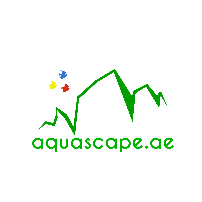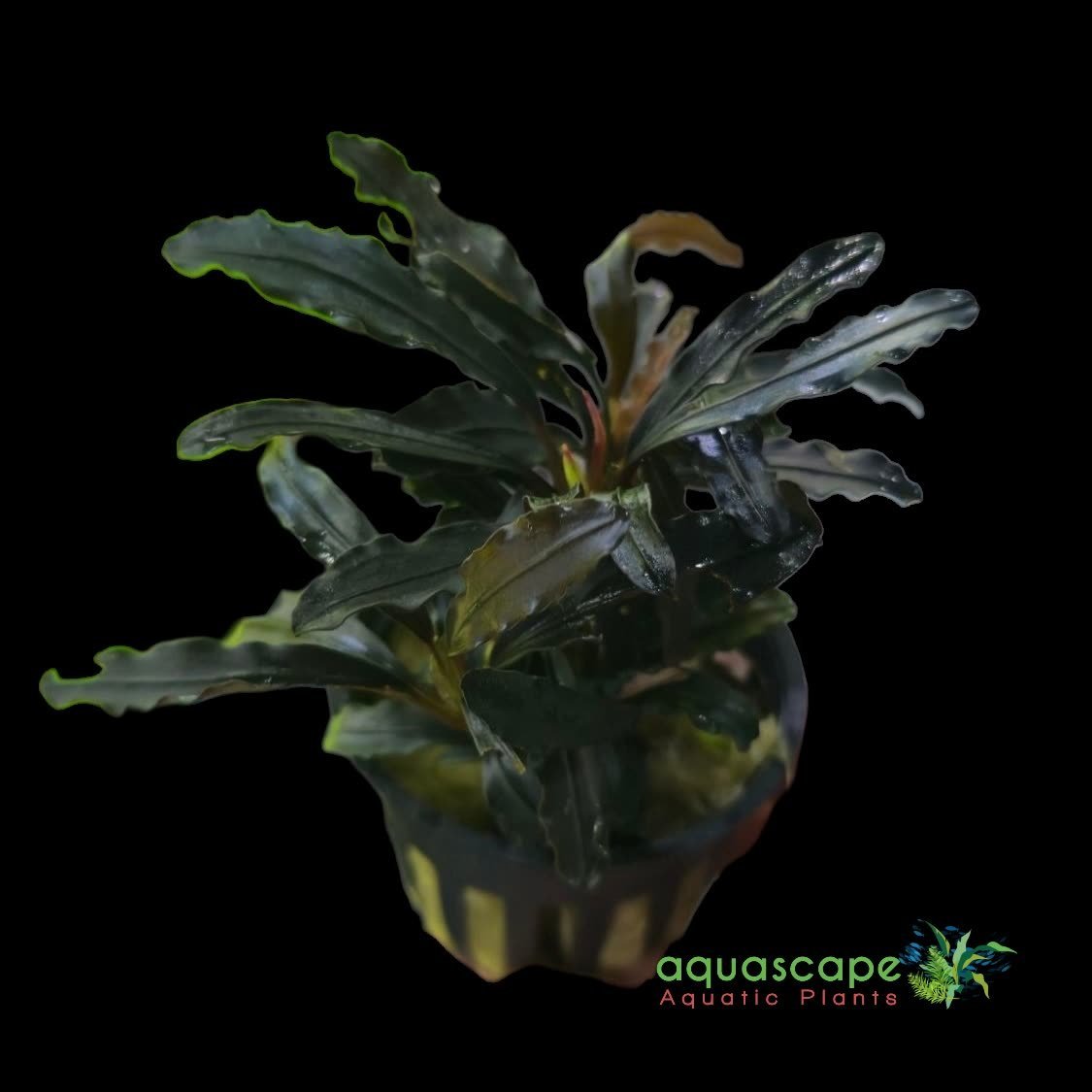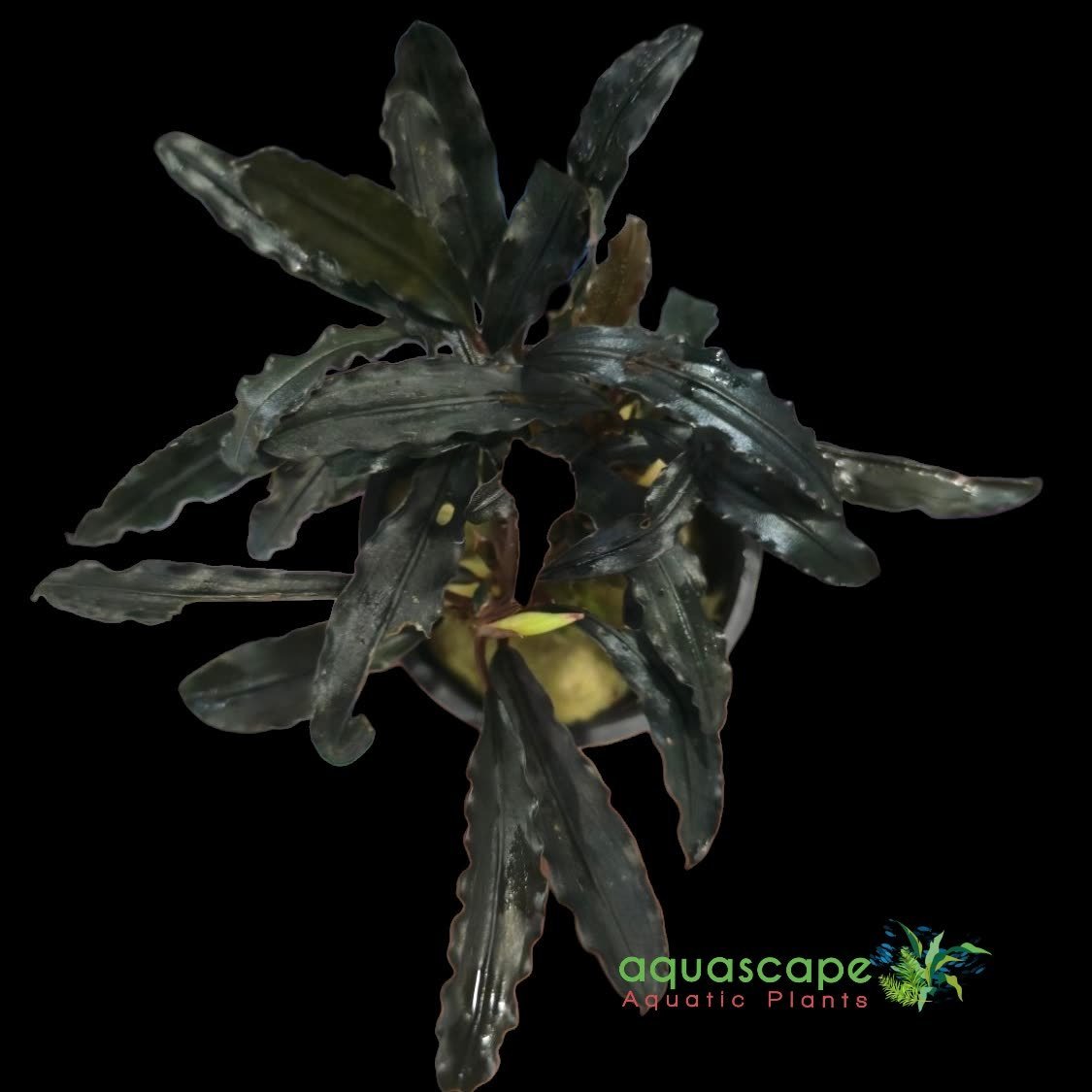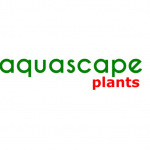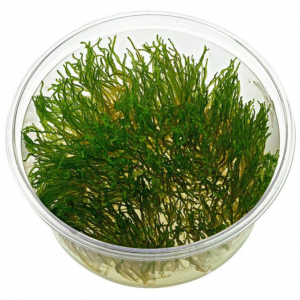Aquascapeplant Bucephalandra Kedagang
Bucephalandra Kedagang is a popular aquatic plant native to Borneo, specifically the Kedagang River region. It belongs to the Araceae family and is highly prized in the aquarium hobby for its striking appearance.
-Leaves: Small to medium-sized, elongated, and slightly wavy with a deep green to bluish-green hue. Some variants may exhibit a metallic or iridescent sheen under bright light.
– Growth: Slow-growing, forming dense clusters over time.
– Size: Typically stays compact, with leaves reaching 2-5 cm in length.
– Roots: Rhizomatous, attaching well to rocks and driftwood.
Care Tips for Bucephalandra Kedagang
1. Lighting
-Moderate to low light is ideal. Too much light can cause algae growth on the leaves.
– LED or T5 lighting works well.
2. Water Parameters
– Temperature: 22–28°C (72–82°F)
– pH: 6.0–7.5 (slightly acidic to neutral)
– Hardness:Soft to moderately hard water (GH 4–10)
3. Substrate & Placement
– Attach to hardscape (rocks, driftwood) using super glue gel or fishing line.
– Can also be planted in substrate, but ensure the rhizome is not buried to prevent rot.
4. CO2 & Fertilization
– CO2 is beneficial but not required—it enhances growth and coloration.
– Use a balanced liquid fertilizer like Easylife Profito (containing micronutrients like iron) to promote healthy leaves.
5. Flow & Water Quality
– Prefers gentle to moderate water flow.
– Regular water changes (20–30% weekly) help prevent algae and maintain water quality.
6. Propagation
– Cut the rhizome into sections (each with a few leaves) and replant.
– New shoots will develop over time.
7. Common Issues
– Algae: Keep lighting moderate and maintain good water flow.
– Melting: May occur when first introduced but should recover with stable conditions.
Final Thoughts
Bucephalandra Kedagang is a stunning, low-maintenance plant perfect for nano tanks, aquascapes, and shrimp tanks. With proper care, it thrives and adds a beautiful natural touch to any aquarium.
د.إ63.00 د.إ70.00
How to Grow Bucephalandra Kedagang – Complete Guide
Bucephalandra Kedagang is a beautiful, slow-growing aquatic plant that thrives with proper care. Here’s a step-by-step guide to growing it successfully in your aquarium or paludarium.
1. Choosing the Right Setup
-
Aquarium or Paludarium: Can be grown fully submerged or partially emersed (ideal for high-humidity setups).
-
Tank Size: Suitable for nano tanks (5+ gallons) and larger aquariums.
-
Substrate: Not required since it’s an epiphyte, but can be attached to:
-
Lava rock (porous, helps root attachment)
-
Driftwood (natural look)
-
Aquarium decor (slate, ceramic, etc.)
-
2. Water Parameters for Optimal Growth
| Parameter | Ideal Range |
|---|---|
| Temperature | 72–82°F (22–28°C) |
| pH | 6.0–7.5 (slightly acidic preferred) |
| Hardness (GH) | 4–12 dGH (soft to moderately hard) |
| Water Flow | Low to moderate (mimics streams) |
⚠️ Avoid sudden parameter changes to prevent melting.
3. Lighting Requirements
-
Low to Moderate light is best (too much light can cause algae).
-
LED aquarium lights (adjustable brightness recommended).
-
Photoperiod: 6–8 hours daily (extended light can promote algae).
💡 Tip: Under strong light, Bucephalandra Kedagang may develop blue or metallic sheens.
4. CO₂ & Fertilization (Optional but Beneficial)
-
CO₂ Injection: Not required, but speeds up growth and enhances color.
-
Liquid Fertilizers:
-
Potassium (K) helps prevent holes in leaves.
-
Micronutrients (Fe, Mn, etc.) keep leaves vibrant.
-
Dose 1–2 times per week in low-tech tanks.
-
5. Planting & Attachment
Since Bucephalandra is an epiphyte, do not bury the rhizome (horizontal stem). Instead:
-
Attach to hardscape (lava rock, wood) using:
-
Super glue (cyanoacrylate gel) – Safe for aquariums.
-
Cotton thread or fishing line – Temporary until roots grip.
-
-
Place in shaded areas if algae is a concern.
🌿 New roots will grow and anchor the plant naturally over time.
6. Maintenance & Troubleshooting
| Issue | Solution |
|---|---|
| Melting leaves | Normal when adapting; trim and wait for new growth. |
| Algae on leaves | Reduce light, add algae eaters (shrimp, snails). |
| Slow growth | Check nutrients (potassium deficiency?) or add CO₂. |
| Black spots/rot | Improve water flow & cleanliness. |
✂️ Pruning: Trim old leaves to encourage new shoots.
7. Propagation
-
Rhizome Division:
-
Use a sharp blade to cut the rhizome into sections (each with 2–3 leaves).
-
Attach new pieces to rocks or wood.
-
-
Natural Growth: Over time, side shoots will develop into new plants.
8. Best Tank Mates
✅ Shrimp (Neocaridina, Caridina) – Love grazing on biofilm.
✅ Small fish (tetras, rasboras) – Won’t damage leaves.
✅ Snails (Nerite, Mystery) – Help clean algae.
❌ Avoid large cichlids or goldfish (may uproot or eat Bucephalandra).
Final Tips for Success
✔ Stable water conditions are key—avoid drastic changes.
✔ Patience is needed—Bucephalandra grows slowly.
✔ Experiment with placement—some varieties color up differently under varying light.
With proper care, your Bucephalandra Kedagang will thrive and add a stunning, natural touch to your aquascape! 🌿💧

